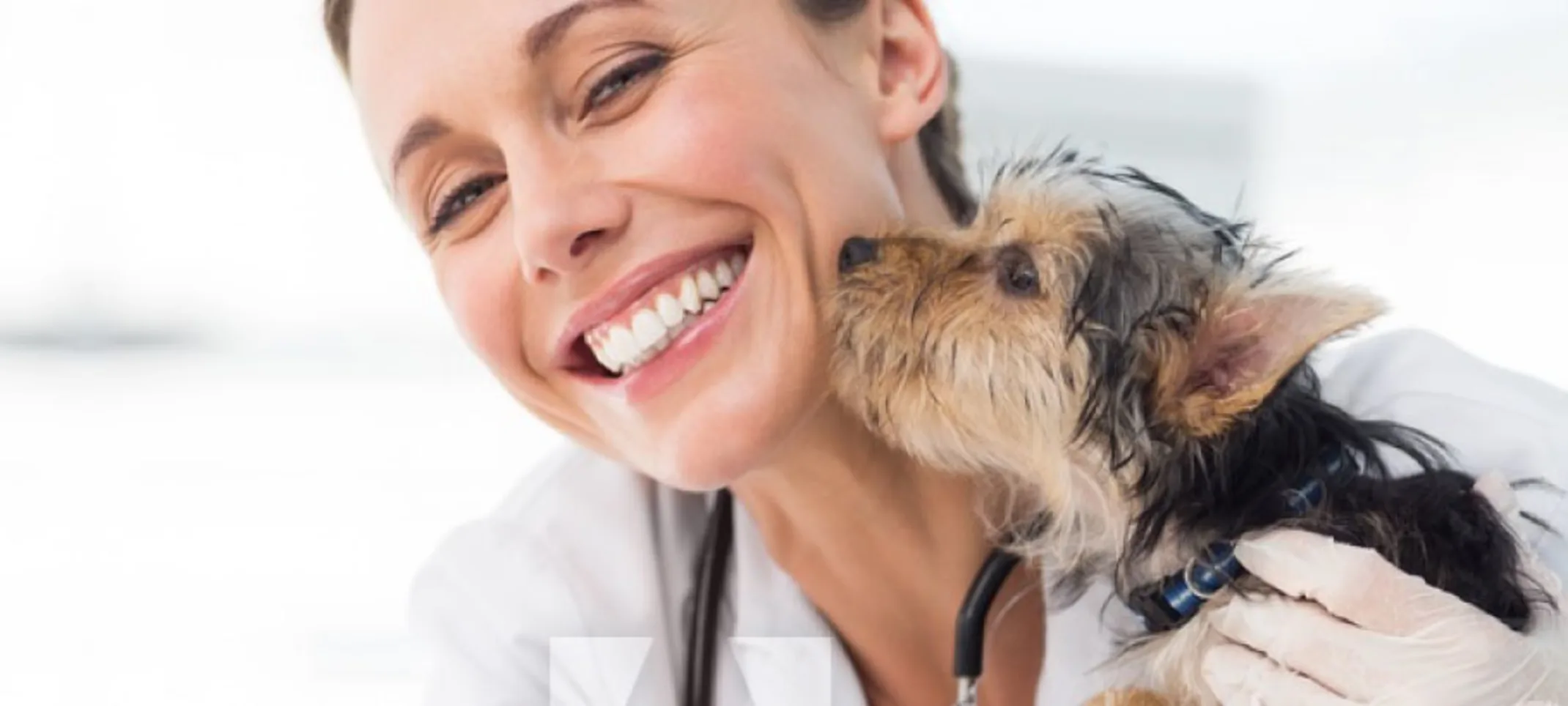Animal Hospital of Waynesville
Surgery
Our surgical services and facilities include fully trained veterinary and technical staff to ensure the safest, most efficient anesthetic procedure.

We use various heating sources to help control temperature regulation, advanced sterilization techniques, machines that monitor oxygen saturation, EKG, blood pressure, temperature and end tidal CO2, intensive after surgery care and the ability to do complete in-house blood testing. We also offer referrals to many specialized board certified surgeons if needed. Some of the surgeries we offer include spays, neuters, cruciate repairs, tail docks, tumor removal, dewclaw removal, and c-sections.
To ensure the safest possible anesthesia, all patients are carefully screened and anesthetics are specifically tailored to your pet. As a result, anesthesia is not the same for every patient. A thorough physical exam is done on each patient and pre-anesthetic bloodwork is required. The proper anesthesia for a patient is chosen based on the patient’s age and breed, the type of procedure being done, and bloodwork results, if there are any pre-existing conditions or a past history of anesthetic problems. All patients are pre-medicated with the appropriate medications, given an injectable anesthetic and the lowest gas anesthetic level possible to ensure safety. All of our patients receive pain control, that is tailored to the needs of the specific patient. Pre-medication(s), oral pain medication(s), local blocks and IV drips are all things that can be used to make sure our patients are kept comfortable and pain-free. Our anesthesia machines are checked daily by trained staff and are serviced by a company yearly to ensure we are providing the best anesthetic experience for all of our patients.
During your pet’s surgical procedure, a trained assistant or registered technician is continually monitoring each patient throughout the procedure. We also use equipment that monitors oxygen saturation, EKG, blood pressure, temperature and carbon dioxide levels. An intravenous catheter is placed in every patient and IV fluids are administered using an IV pump during the procedure and through recovery. This maintains blood pressure, keeps the patient hydrated, allows for a smoother recovery post-operatively and gives the staff direct IV access if any emergency medications are needed.
Surgery Checklist
How do you choose a surgical facility for your pet? It is our feeling everyone should expect the best. Please use the check list below to ensure the care you and your pet receive is the best.
Operating Room:
Sterile and used only for surgery.
Disinfected between patients.
All surgeons wear cap, mask, and sterile gowns to minimize infection.
Every surgery gets a sterile instrument pack that is cleaned and sterilized between each surgery.
Packs all have indicator strips both inside and outside to confirm instruments are sterile.
Patient Comfort:
Patient is housed with towels and blankets to keep them comfortable.
An analgesic gel (numbing) is used on the skin before placing a catheter.
As a cat friendly practice, your cat is never scruffed to draw blood or place a catheter.
All animals are given a pre-anesthetic medication to keep them relaxed
Doors are covered on the cages of anxious animals to reduce over stimulation and stress.
Pain Control:
All pets receive pain medication before surgery.
All pets receive pain medications during surgery (lidocaine/bupivacaine block).
Pets receive pain medications after a procedure.
Clients are offered pain medications to take home to ensure their pets are pain free.
Laser therapy may be used to decrease inflammation and decrease pain.
Safety:
All patients have bloodwork performed prior to anesthesia to make sure organ systems are functioning well.
All patients receive pre-anesthetic examinations prior to surgery.
All patients get intravenous catheters placed and fluids (necessary for blood pressure and kidney support).
All drugs are selected based on the health status of each individual animal to minimize risk.
All patients get eye lubrication while under anesthesia.
All patients get warm Snuggle Safes and warm air blanket while in surgery and warmed bedding in the recovery area.
All patients receive oxygen upon induction of anesthesia through surgery and recovery.
All patients have a dedicated veterinary assistant that resides by your pet’s side from the start of anesthesia to recovery area.
All patients are continuously monitored by a trained veterinary assistant and up-to-date monitoring equipment for the following: heart rate, EKG, respiration, blood oxygen saturation, blood pressure, carbon dioxide level and core body temperature.
All staff are trained annually on CPCR (Cardiopulmonary Cerebrovascular Resuscitation).
Client Communication:
All clients have an early morning admission appointment with the veterinarian performing the procedure to go over what is to be done, and to answer any questions.
All clients receive a call (or a picture if they want one) once the procedure is completed and the patient is in recovery.
Our clients have the opportunity to discuss the outcome of the procedure with the doctor.
A doctor or staff member will discharge the patient, going over all the discharge instructions with the owner.
Written discharge instructions will be sent home with all patients.
Our clients will receive a follow-up call the next day to see how the patient is doing.

